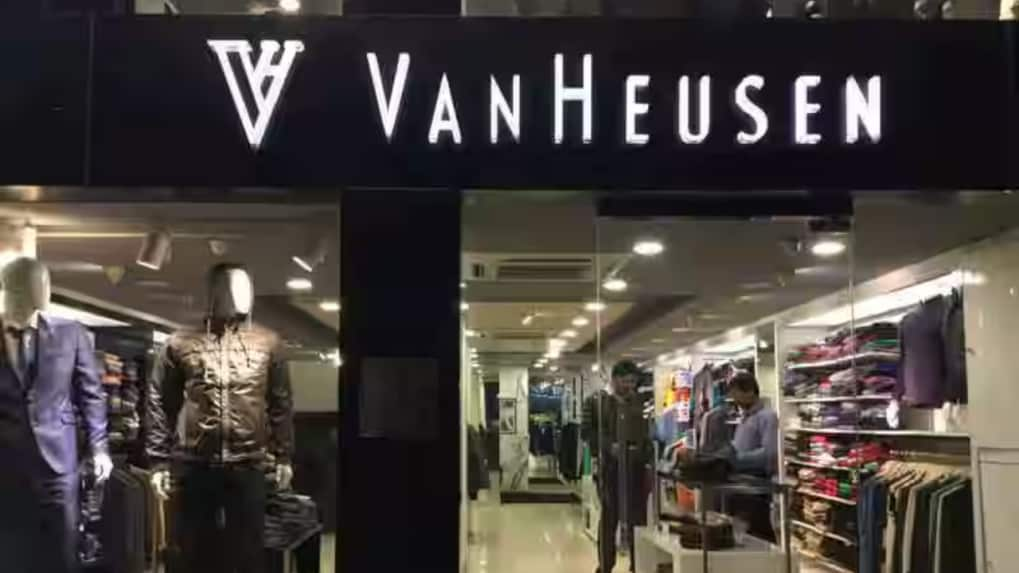With consumers dressing down, Van Heusen rethinks its mix - and its media spend
Abhay Bahugune, Chief Operating Officer at Van Heusen told Storyboard18, the brand’s advertising spends now account for 5–7% of its overall revenue, in line with most large fashion players, but the way those budgets are deployed has transformed dramatically over the last few years.
ADVERTISEMENT
Van Heusen, one of apparel brands under Aditya Birla Fashion and Retail Ltd (ABFRL), is witnessing a clear evolution, not just in its product mix but also in how and where it invests its marketing rupee. Abhay Bahugune, Chief Operating Officer at Van Heusen told Storyboard18, the brand’s advertising spends now account for 5–7% of its overall revenue, in line with most large fashion players, but the way those budgets are deployed has transformed dramatically over the last few years.
“While traditional media like TV once dominated, today close to 60% of our marketing spends are directed towards digital, social and local catchment marketing, the remaining 40–45% continues to go into traditional channels like television, which still plays a key role during peak festive periods such as Diwali and the wedding season,” Bahugune said.
“Our festive strategy remains rooted in visibility and excitement. We go big on traditional media twice a year, in summer and during Diwali, while digital and local activations keep the brand story alive month after month,” Bahugune added.
The Indian apparel market is poised for robust growth, with projected revenue reaching $109.45 billion in 2025 and an anticipated annual growth rate of 3.26% (CAGR 2025–2029). Within the market, women’s apparel commands the largest share, with a market volume of $53.13 billion in 2025.
The shift mirrors both changing consumer behaviour and Van Heusen’s own business transformation. Over the past six to seven years, Van Heusen has undergone a significant transformation, expanding its focus from traditional formal and workwear to a more diversified portfolio. Once synonymous with formal wear, the brand now derives nearly 60% of its business from casual, active and travel-inspired segments, reflecting India’s evolving work and lifestyle habits.
A large portion of Van Heusen’s media budget today also fuels on-ground activation, from store-level campaigns and CRM initiatives to hyperlocal events in specific city clusters. “Because we are a retail-led business, local engagement has become core to how we reach consumers,” Bahugune noted.
As the brand gears up for the festive season, the focus is on strengthening consumer connect across both metros and smaller cities. While the brand continues to maintain a strong presence in top-tier cities, it has been expanding its footprint into tier 3 and tier 4 cities, with nearly 100 stores already operational.
Bahugune claimed that Van Heusen is investing heavily in regional marketing, store activations and social-first campaigns around new collections like its Elvis Presley collaboration line and Transit range for professional travellers.
However, the brand’s consumer base is predominantly male. "Menswear accounts for around 80% of sales and women contribute approximately 20%. Within the men’s segment, younger consumers under 32 make up 30–35% of the base, while those aged 30–45 account for roughly 40%," Bahugune shared. Suits and business wear continue to be Van Heusen’s flagship offerings. At the same time, the brand is seeing rapid growth in footwear and bags, which together contribute around 35% of overall business.
Furthermore, Van Heusen’s revenue comes from a mix of sales channels, supporting its omnichannel strategy. E-commerce contributes around 13–15% of sales, with platforms like Amazon and Myntra playing distinct roles based on their strengths. "Brand-owned exclusive stores (EBOs) form the largest share at 45–50%, while wholesale distribution through department stores and value outlets accounts for roughly 35% of revenue."
Read More: From 18 herbs to global shelves: Why Medimix still smells like childhood
Read More: From Foam to Fame: How Crocs is strutting its way into the India market
Read More: Philips doubles ad spends post-COVID, bets big on premium grooming and at-home beauty tech

